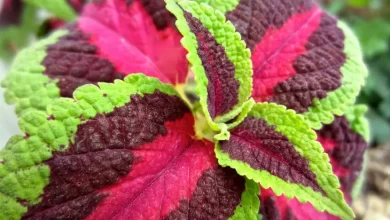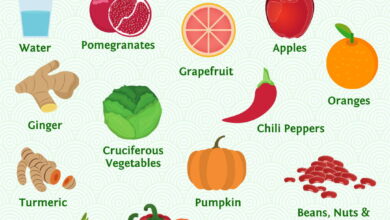Pest and Disease control methods in organic gardens
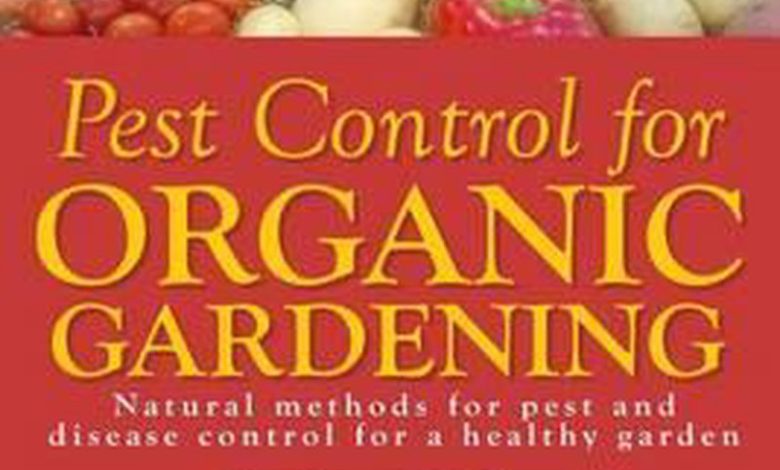
Preventing the development of pests and diseases in our plants must be an essential and continuous task during garden cultivation. If ours is an organic garden, insecticides, fungicides or any other synthetic chemical product should not be used, so it will be necessary to control pests and diseases with what our hands and nature itself offers us.
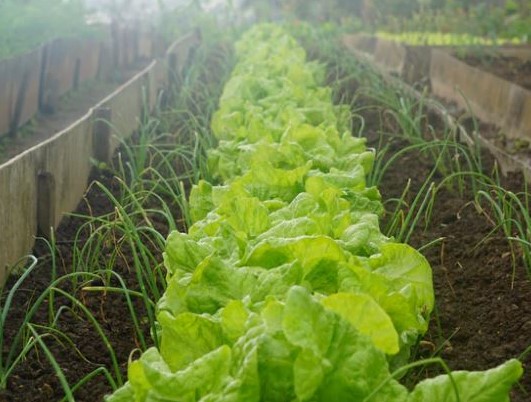
But it is possible to avoid the fight, or at least a fairly important part, if we consider prevention as a fundamental aspect of pest and disease control.
Nutrient deficiency, pest or disease?
In the first place, it is necessary to know what is the reason for the discomfort of the plants. If signs or symptoms of problems appear in our crops, these may be due to pests or diseases, but also to the lack of one or more nutrients in the substrate or even to plant imbalances due to the surrounding environment (light, temperature, humidity…). Detecting which agent is causing the problem is the first step in being able to fight against it.
Plant pests and diseases
It is important to know the difference between pest and disease. A plague is caused by insects, arachnids, snails or small animals such as rodents or birds. Diseases are caused by microorganisms, mainly fungi and bacteria.
Therefore, pests are easier to diagnose because most of the time we can see not only the sign of the attack (damaged leaves or stems, for example) but also the cause of the problem roaming the plant. To detect diseases, however, we only have the symptoms caused by the microorganisms in the plant, but it is more difficult to determine which bacteria or fungus has been the culprit.
To identify the pest or disease of the plant, it will be necessary to rule out that the cause of the problem is a substrate that is too poor with a lack of some nutrient, lack or excess of humidity, the presence of harmful substances in the soil, lack of light… If all the plants in the garden are affected, it is very likely that the problem is one of these.
Nutrient deficiency
Below is a very useful table that I have taken from the book “Ecological Agriculture”, by Javier Flórez Serrano, which summarizes very well the symptoms of the deficit of the main nutrients that plants use to grow and develop:
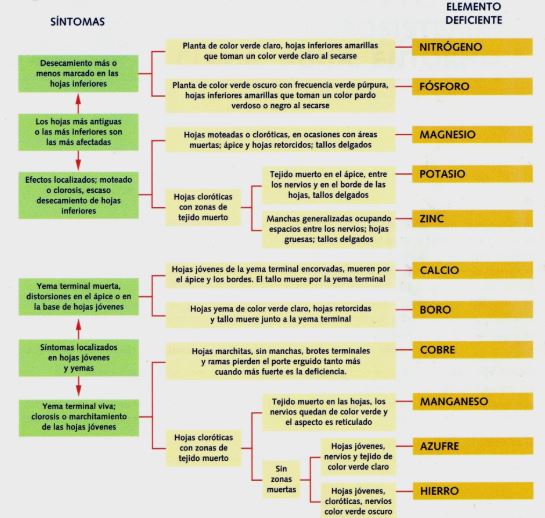
The lack of moisture is accompanied by symptoms such as: brown or yellow tips and edges of the leaves, wilting of the leaves and flowers, drop of the flowers and even the leaves.
Once the previous problems have been ruled out, the main symptoms and signs in the plant must be observed. Here are some links to two posts we wrote about the main pests and the most common diseases in orchards.
Prevention for pest and disease control
In order to have the minimum possible attacks on our plants, some pest and disease control methods are essential:
Substrate Protection
Creation of soil covers (mulching) to retain moisture and prevent harmful organisms from entering the substrate. A multitude of materials can be used: straw, rice husks, sawdust or wood bark, manure mulch…
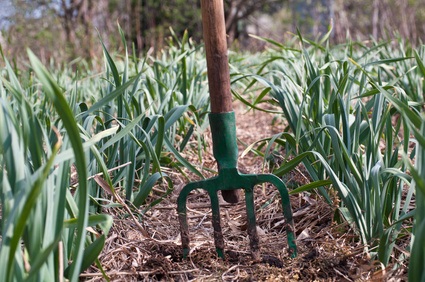
Crop rotation
Rotation is planting a different type of crop in the same substrate each season. For example, first a root vegetable (celery, beets, onions, carrots…). Then a leaf (cabbage, broccoli, lettuce…). Thirdly, a legume, which replenishes nutrients (beans, broad beans…). Finally one of fruit, flower (pepper, aubergine, zucchini, artichoke…), or a voracious plant such as potato or corn, which deplete the land because they need many nutrients.
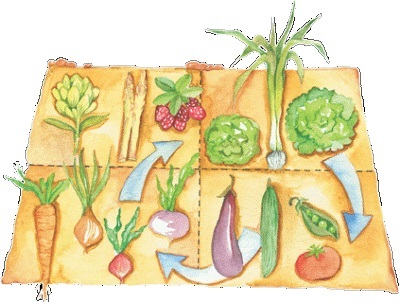
Plants absorb more or less the same nutrients but the amount of each of them is different, so with crop rotation a balance is achieved in the extraction of nutrients from the soil. This prevents its progressive impoverishment, which makes the plant weaker and more susceptible to attacks by pests and diseases. It also prevents a pest or disease that has affected a plant from establishing itself in the soil and continuing to do so.
Biodiversity as a defense: the association of crops
Companion planting consists of planting mixed crops in such a way that some benefit others, for example helping each other fight against a pest or disease by emitting substances that keep them away. In addition, if the plants close to an affected plant are different, it is difficult for the insect or microorganism to spread.
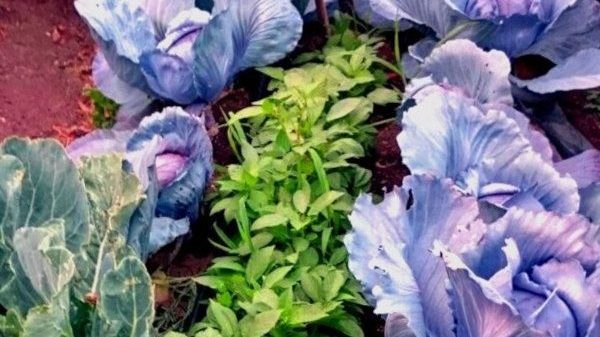
Some examples of beneficial partnerships:
- Cabbages with basil or thyme that repel CABBAGE CATERPILLAR and other insects that affect this vegetable.
- Beetroot with beans or beans, which repel the BEET FLY
- Carrot with garlic, onion or wormwood (Artemisia absinthium), which keep away the WHITE FLY. Carrot also repels ONION FLY.
- Aromatics with Achillea millefolium, a herbaceous plant with tiny flowers that keep pests away from aromatics and intensify their aroma.
- Cabbage with tomato, which repels the CABBAGE WORM and WHITE BUTTERFLY.
- Potato with horseradish, keep away the POTATO BEETLE.
Other plants with a repellent effect to control pests and diseases are:
- Peppermint: keeps ants away.
- Tanasetum: rejects fungi and repels flies and mosquitoes.
- Nasturtium (Tropaeolum majus): repels bedbugs and aphids.
- Salvia: repellent effect on flies, cabbage white butterfly, slugs or cabbage moth.
- Oregano: keeps away ants and flies.
- Borage: tomato worm.
You can read more about this in the post Useful plants for the organic garden.
Cleaning of garden tools
It is important to properly clean tools/utilities that have been in contact with diseased plants in the orchard and to eliminate the remains of these plants so that the disease does not spread.
Avoid excess moisture
Irrigation and the availability of water is essential for the garden to succeed, but it is important that there is no excessive humidity since this favors the development of fungi and bacteria.
It is important that the substrate is well drained, without puddles, and that the aeration between adjoining plants is sufficient. To achieve this, one of the main recommendations is to use a localized irrigation system (which does not wet the plants but only the root zone) such as drip irrigation.
control weeds
Controlling weeds around crops is essential to prevent pests, as they can be the perfect refuge for insects that attack garden plants.
Pest and disease control methods in organic gardens: the integrated fight
There are a number of natural or ecological control methods that do not use artificial products. It is recommended to combine these methods for an effective fight once the pest or disease is detected in the plant. This combination of ecological methods is what is known as integrated fight for pest and disease control.
These ecological methods of pest and disease control are:
- MECHANICAL: pruning of affected areas, placement of barriers to prevent the problem from spreading to the ground. Weed removal using a gas burner.
- PHYSICAL: manual removal of pests or placement of traps. For example, if we bury a glass full of beer, its smell will attract snails and slugs, which will fall into it without being able to get out.
- BIOLOGICAL FIGHT: release of predatory insects from the plague that is attacking our crop.
- BIOTECHNICAL MEANS: use of pheromones to make traps that attract and capture insects that can attack our plants.
- INSECTICIDES AND NATURAL REMEDIES: multitude of homemade preparations made with soap, plant infusions and other components.
- USE OF ECOLOGICAL PHYTOSANITARIES or natural insecticides such as neem extract, pyrethrum, sulphur…
References
- Dixon, A. (2000). Insect Predator-Prey Dynamics: Ladybird Beetles and Biological Control. Cambridge University Press, Cambridge, 257pp.
- Dixon, AFG, Hon?k, A., Keil, P., Kotela, MAA, Šizling, AL, Jarošík, V. (2009). Relationship between the minimum and maximum temperature thresholds for development in insects. Functional Ecology, 23, 257–264.
- Chaplin-Kramer, R., O’Rourke, ME, Blitzer, EJ, Kremen, C. 2011. A meta-analysis of crop pest and natural enemy response to landscape complexity. Ecology Letters, 14, 922–932.
In other articles we will see the most used specific solutions for each pest or disease. You can take a look at the “Pests and diseases” category.
If you have found the post on pest and disease control useful, do not forget to rate it with the stars below. In this way you will help us so that the Agrohuerto Community continues to grow.

![Photo of The Leaf: [Parts, Functions, Types]](https://www.complete-gardening.com/wp-content/uploads/2022/08/the-leaf-parts-functions-types-390x220.jpg)
